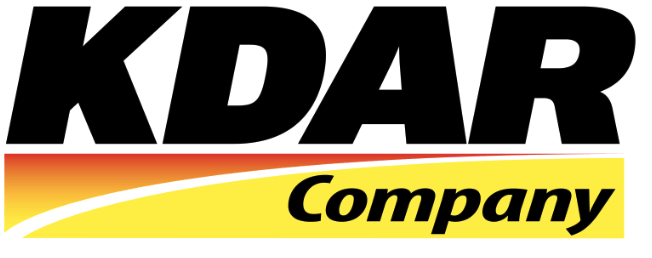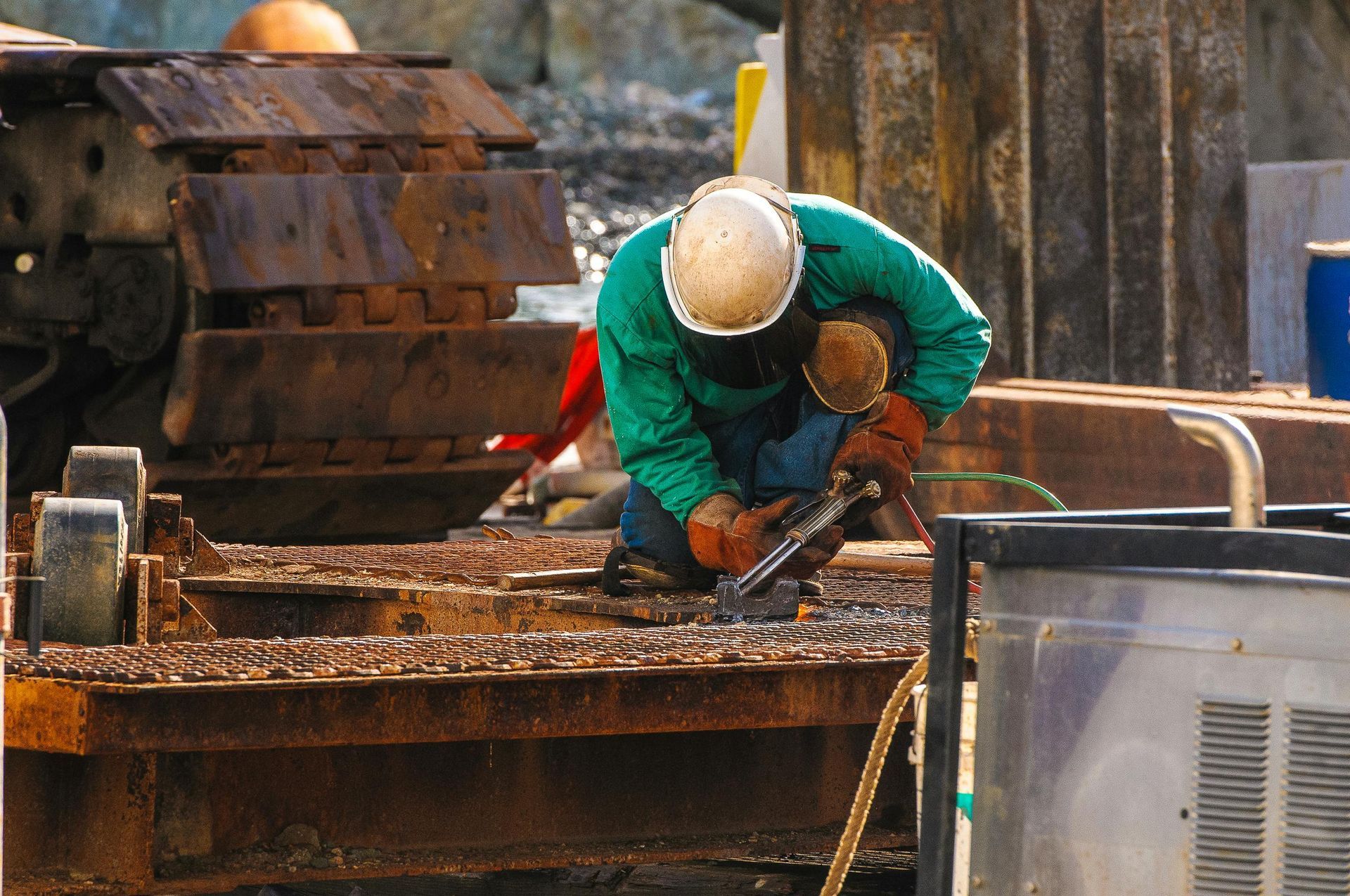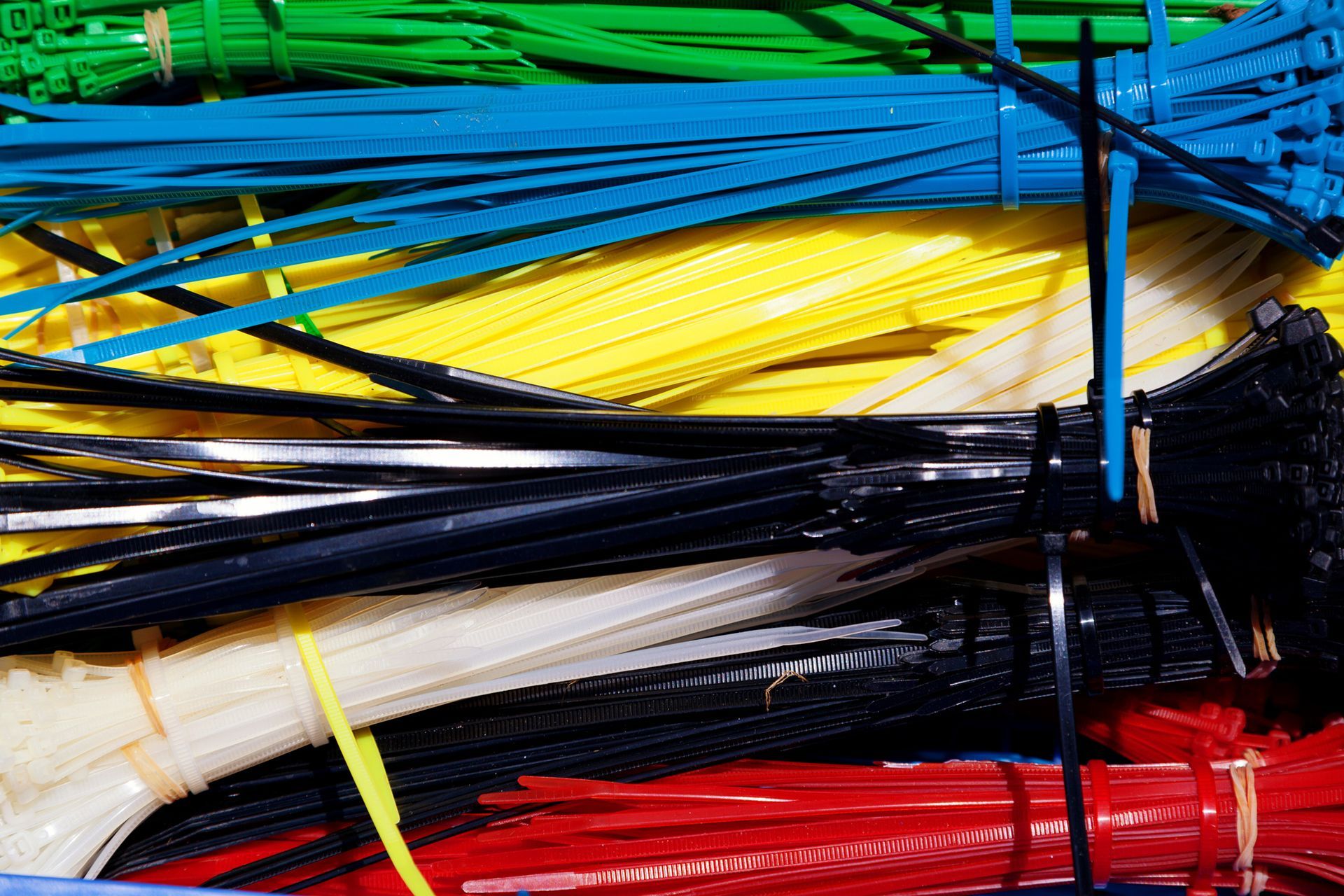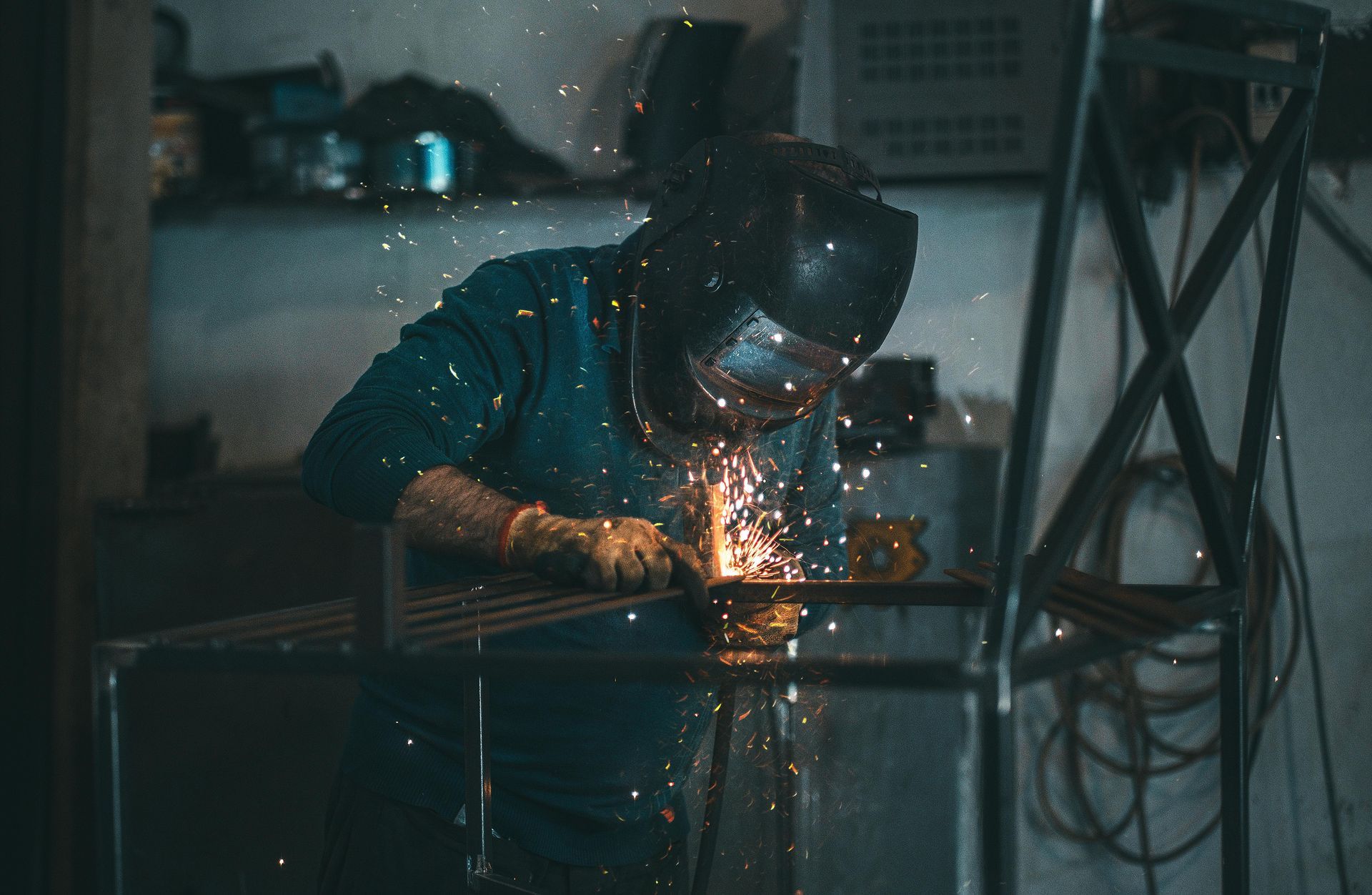Long-Term Injury Prevention for Welders
Welding is the backbone of numerous industries, including construction, manufacturing, automotive, and energy. However, behind every flawless weld lies a worker exposed to intense heat, bright light, loud noise, and repetitive motions.
Over time, these hazards can lead to chronic injuries that sideline even the most skilled professionals.
For welders, prioritizing long-term injury prevention isn’t just about compliance; rather, it’s about protecting your health, career, and quality of life.
Learn how welders can mitigate each of these risks for a safer and healthier career.
Understanding the Risks: Why Prevention Matters
Welders face a unique combination of risks. The repetitive nature of welding tasks, exposure to radiant energy, and constant noise can cause injuries that build up slowly but have lasting consequences.
Common long-term issues include:
- Repetitive Strain Injuries (RSIs): Affecting wrists, shoulders, elbows, and back due to repeated movements and awkward postures.
- Eye Damage: From ultraviolet (UV) and infrared (IR) radiation, flying debris, and chemical exposure.
- Hearing Loss: Caused by prolonged exposure to high-decibel noise from welding, grinding, and cutting.
Knowledge is the first step towards empowering yourself and your team to put yourselves in a position both to succeed and to prevent immediate or long-term health effects.
Preventing Repetitive Strain Injuries (RSIs)
RSIs are among the most common and most overlooked hazards in welding.
These injuries result from overusing specific muscles, tendons, or joints, often due to repetitive motions or static postures.
Symptoms range from mild discomfort to severe pain, swelling, and loss of mobility.
Key Strategies for RSI Prevention
- Optimize Your Workstation: Use adjustable welding tables and positioning jigs to bring the work to you, minimizing awkward reaches and static postures. Aim for elbow-height work to reduce back and shoulder stress.
- Ergonomic Tools: Choose lightweight welding guns with ergonomic handles and easy trigger access. Auto-darkening helmets can eliminate repetitive neck movements.
- Rotate Tasks: Change weld positions and tasks regularly to avoid overuse of the same muscle groups. Incorporate microbreaks every 30–60 minutes to let muscles recover.
- Stretch and Warm Up: A five-minute pre-shift stretch, focusing on the neck, shoulders, wrists, and back, can help reduce soreness and minimize injury risk.
- Maintain Good Posture: Position yourself comfortably, avoid hunching over workpieces, and use supports like stools or footrests for long jobs.
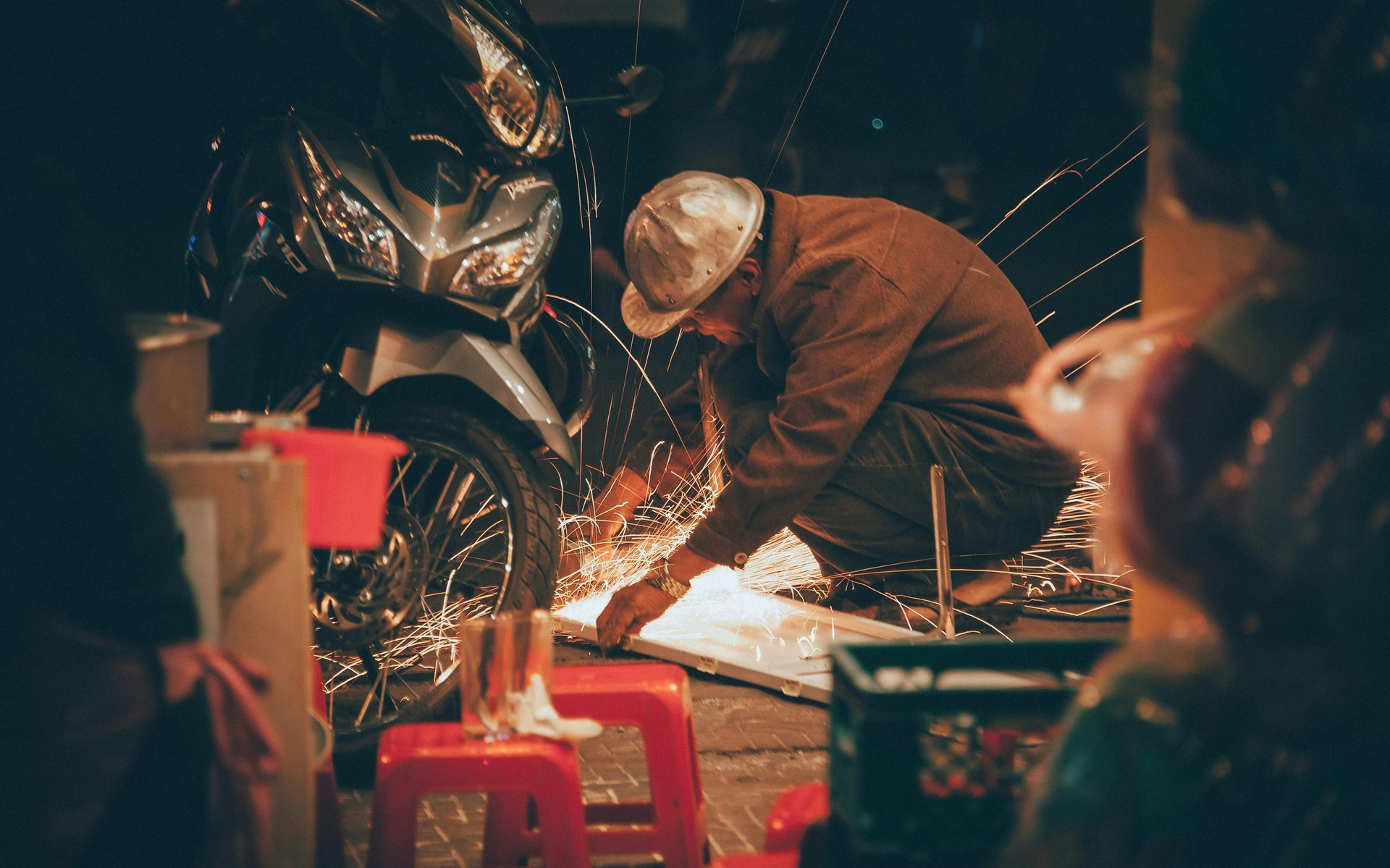
Eye Protection: Shielding Against Radiant Energy and Debris
Welding exposes eyes to intense radiant energy, UV, IR, and visible light, which can cause “welder’s flash,” cataracts, and permanent vision loss.
Flying debris, sparks, and chemical splashes add to the risk.
Best Practices for Eye Safety
- Wear Proper PPE: Always use a welding helmet with a filter lens that meets ANSI Z87.1 standards. Select the correct shade number for your welding process and amperage (e.g., shade 10 for stick welding at 100 amps).
- Double-Layer Protection: Wear safety glasses or goggles with side shields under your helmet to protect against flying debris and radiant energy.
- Maintain Equipment: Replace scratched lenses, cracked helmets, or damaged headgear immediately. Damaged PPE voids compliance and increases risk.
- Employer Responsibility: OSHA requires employers to provide compliant PPE and enforce its use. Workers should refuse unsafe gear that doesn’t meet standards.
Hearing Safety: Protecting Against Noise-Induced Hearing Loss
Welding environments are loud. Grinding, cutting, and hammering can easily exceed safe noise levels, leading to permanent hearing loss over time.
Effective Hearing Protection
- Use Earplugs or Earmuffs: Select hearing protection with a Noise Reduction Rating (NRR) suitable for your specific environment. Earplugs fit comfortably under welding hoods and protect against both noise and hot metal spatter.
- Follow OSHA Guidelines: NIOSH recommends hearing protection for noise exposures above 85 dBA as an 8-hour time-weighted average. Most welding shops exceed this threshold.
- Clean and Maintain: Reusable earplugs should be cleaned regularly; disposable plugs should be replaced as needed.
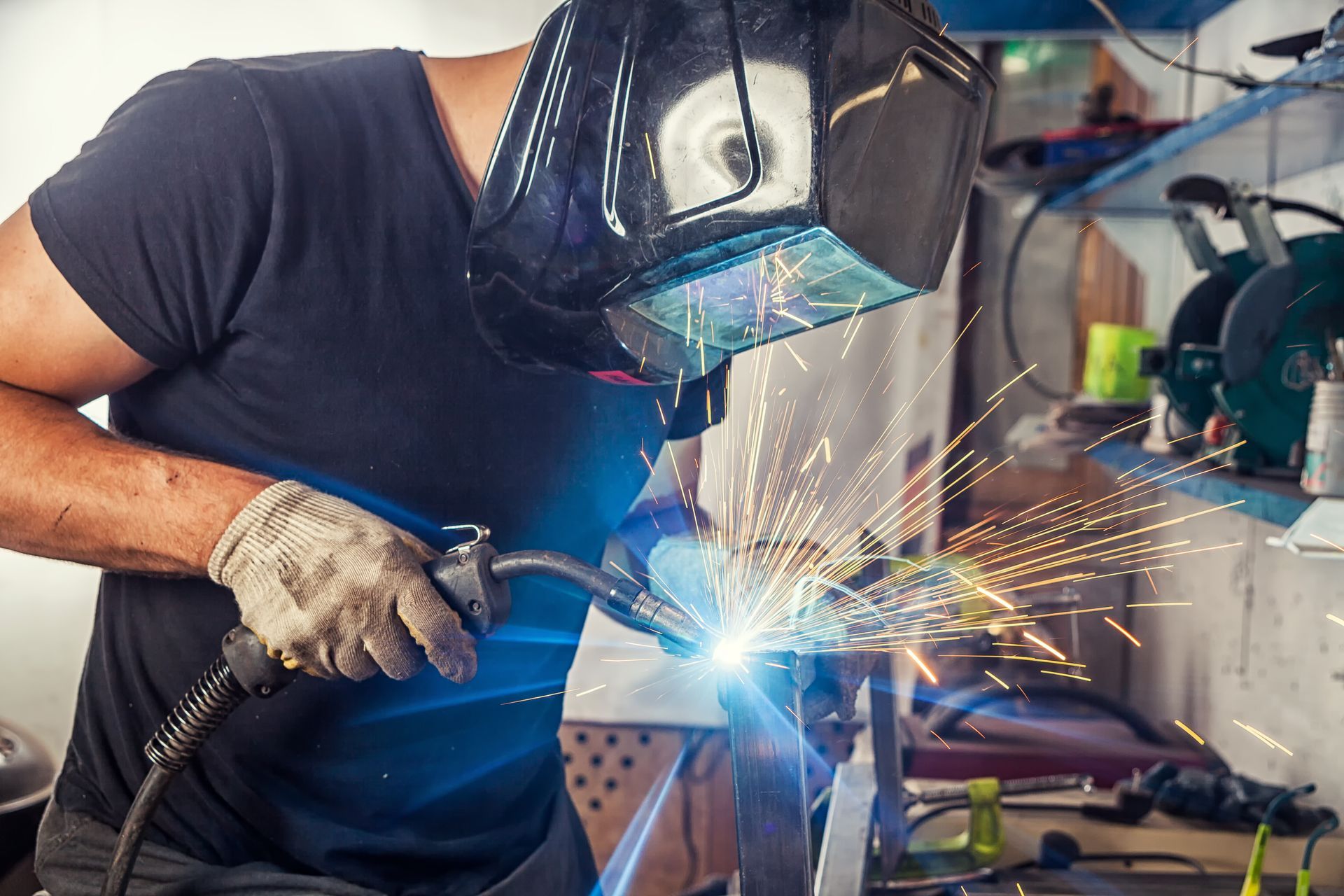
Building a Culture of Prevention
Long-term injury prevention isn’t just about equipment—it’s about habits and mindset. Welders and employers should build and nurture a culture that prioritizes safety and health.
- Encourage regular safety training and awareness.
- Promote job rotation and micro-breaks.
- Invest in ergonomic workstations and high-quality PPE.
- Monitor for early signs of strain, vision changes, or hearing loss.
By taking proactive steps, welders can enjoy longer, healthier careers, and companies can reduce downtime, compensation costs, and turnover.
Connect With The Experts at KDAR Company Today
Long-term injury prevention for welders isn’t just about avoiding accidents; it’s about creating a sustainable, safe work environment that protects health and productivity for years to come.
By understanding common hazards like electric shock, arc flash, toxic fumes, and fire risks, and by consistently using proper PPE, ventilation systems, and safe welding techniques, welders can significantly reduce the likelihood of injuries.
Safety isn’t a one-time effort; it’s an ongoing commitment that benefits both individuals and the entire industry.
At KDAR Company, we’re dedicated to helping welders work smarter and safer.
From top-quality welding helmets and gloves to advanced fume extraction systems, we provide the tools and expertise you need to stay protected on the job.
Don’t wait until an accident happens—equip your team with the best safety solutions today.
Contact KDAR Company to learn more about our welding safety products and training resources, and take the first step toward a safer, more productive future.
